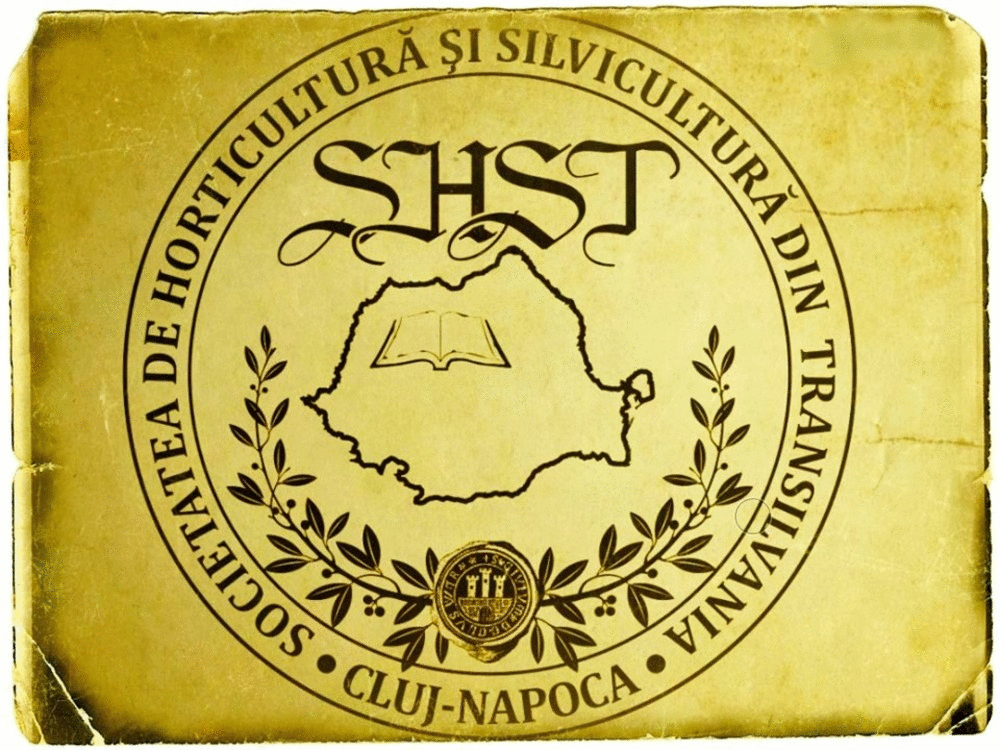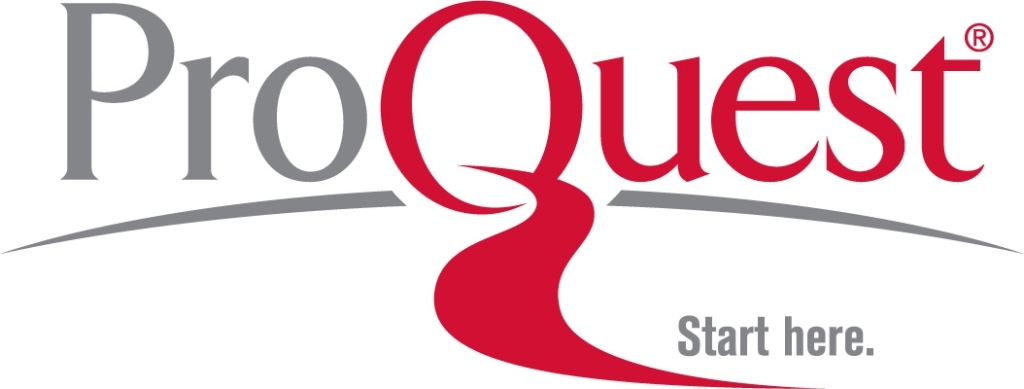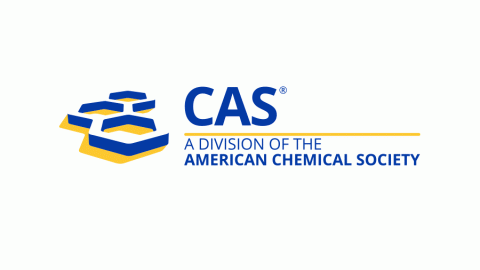Propagation of Iranian Cornelian Cherry (Cornus mas L.) by Rooted Stem Cuttings
DOI:
https://doi.org/10.15835/nsb629295Keywords:
cherry; correlation; IBA; regression; rootingAbstract
Clonal propagation of Cornelian cherry (Cornus mas L.) from cuttings will permit nursery production of cloned Cornelian cherry and encourage selection of superior genotypes. The effects of indole-3-butyric acid (IBA) concentrations, five genotypes and two types of media on root performance of Cornelian cherry cuttings were investigated. The percentage of rooted cuttings, mean root length, average root number per cutting, root fresh weight and root dry weight were recorded after three months. Orthogonal contrasts were used to test the effects of the auxin treatments. Regression analysis for determination of appropriate equation was performed. The IBA treatment increased the rooting percentage in genotype C1, C3 and C4 but did not affect that of genotype C2 and C5. The maximum rooting percentage, mean root length, average root number per cutting, root fresh weight and root dry weight was obtained for C3 genotype and in sand media. No statistically significant correlation was observed between callusing and other measured parameters but the rest of parameters correlate statistically with rooting. According to the regression results, it was clear that the pattern of quadratic function was better than other models for rooting. The highest rooting percentage was obtained from C3 genotype. Therefore, clonal production of this genotype is practical.
Metrics
Downloads
Published
How to Cite
Issue
Section
License
Papers published in Notulae Scientia Biologicae are Open-Access, distributed under the terms and conditions of the Creative Commons Attribution License.
© Articles by the authors; licensee SMTCT, Cluj-Napoca, Romania. The journal allows the author(s) to hold the copyright/to retain publishing rights without restriction.
License:
Open Access Journal - the journal offers free, immediate, and unrestricted access to peer-reviewed research and scholarly work, due SMTCT supports to increase the visibility, accessibility and reputation of the researchers, regardless of geography and their budgets. Users are allowed to read, download, copy, distribute, print, search, or link to the full texts of the articles, or use them for any other lawful purpose, without asking prior permission from the publisher or the author.













.png)















